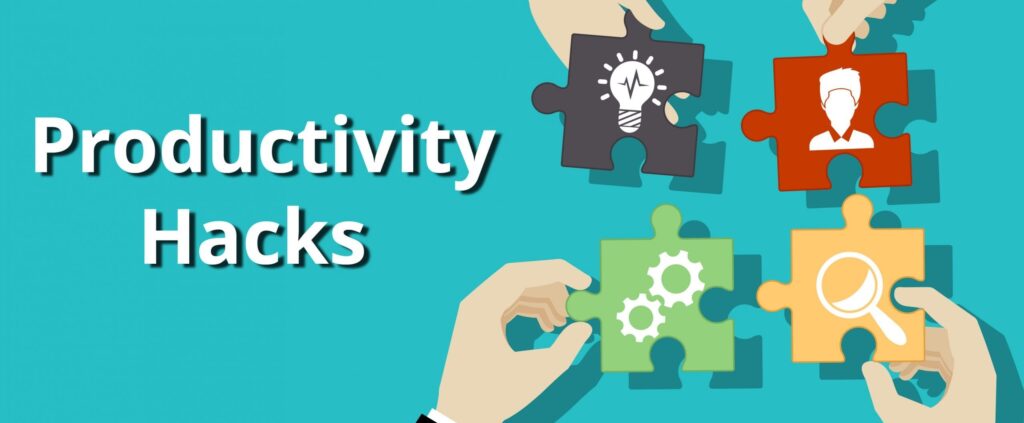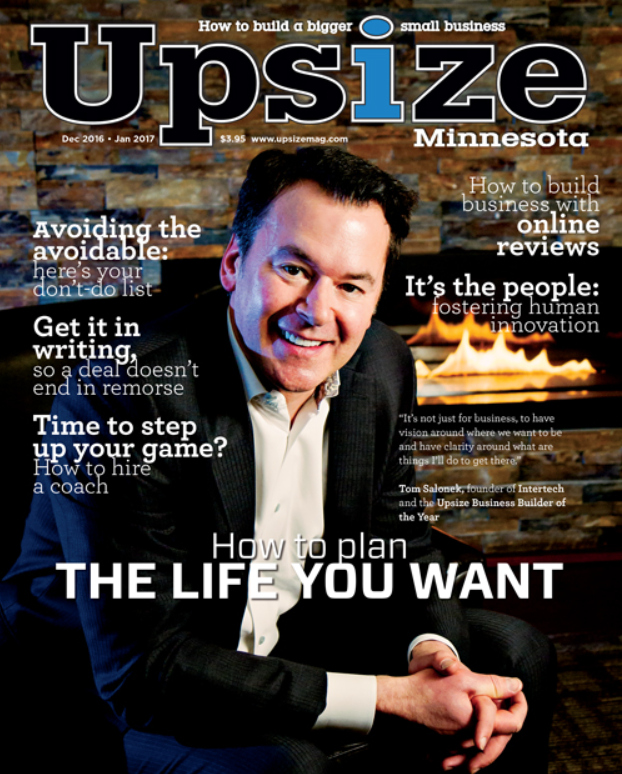3 Essential Strategies for Entrepreneurs to Triumph in 2024

1. Leverage Technology for Competitive Advantage In today’s fast-paced world, embracing digital transformation is not optional—it’s essential. Invest in technologies like AI, cloud computing, and data analytics to streamline operations and enhance decision-making. This technological edge will not only boost efficiency but also provide deeper insights into market trends and customer preferences.
2. Commit to Sustainability and Social Responsibility Sustainability is no longer a buzzword; it’s a business imperative. Consumers and partners are increasingly drawn to companies that prioritize environmental and social responsibility. Implement eco-friendly practices in your operations and supply chain, and consider how your business can make a positive impact on society. This approach will strengthen your brand and resonate with a growing segment of conscious consumers.
3. Cultivate a Culture of Agility and Continuous Learning The ability to adapt quickly to market changes is a key differentiator in the modern business landscape. Encourage a culture where learning and adaptability are at the forefront. Invest in ongoing training and professional development for your team, and stay open to pivoting strategies when necessary. An agile, well-informed team is your best asset in navigating the uncertainties of the business world.


